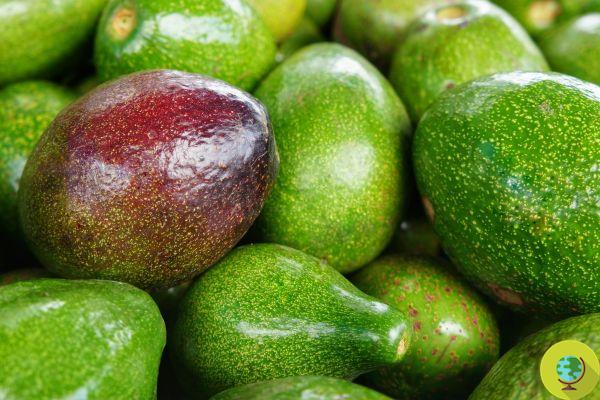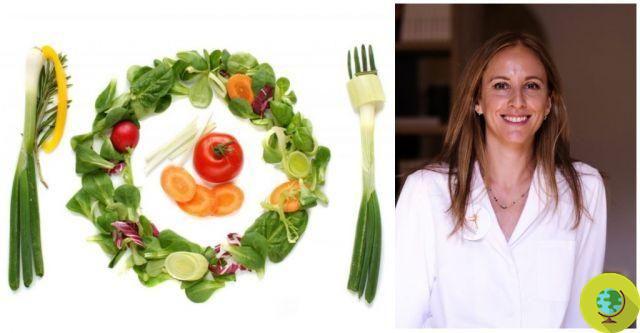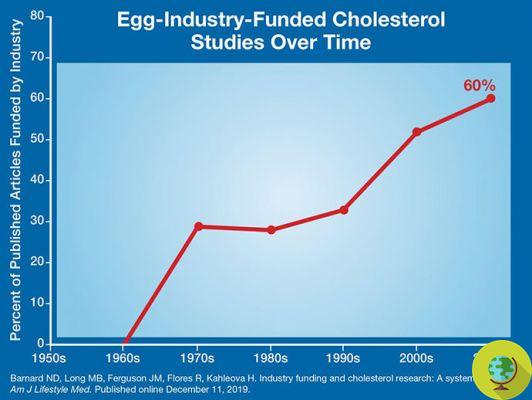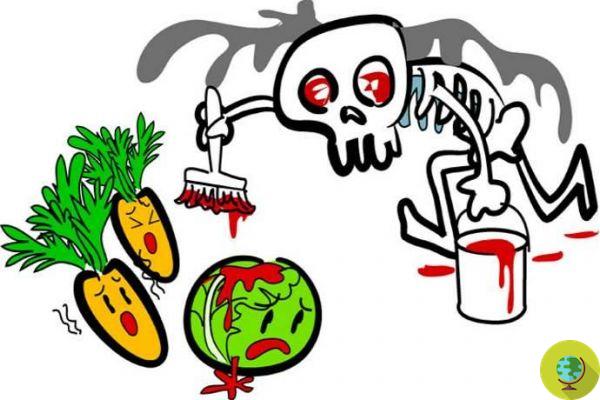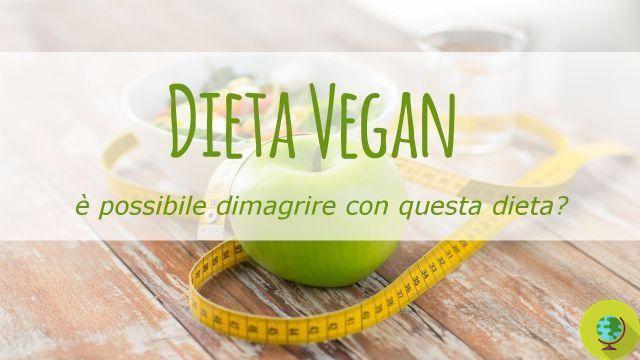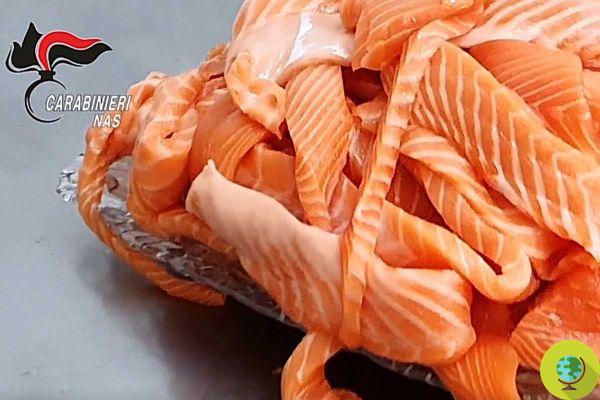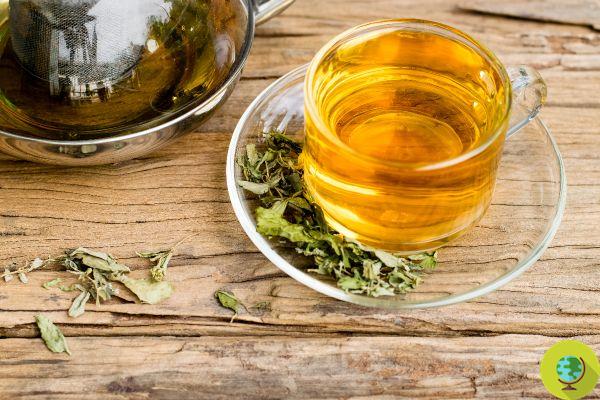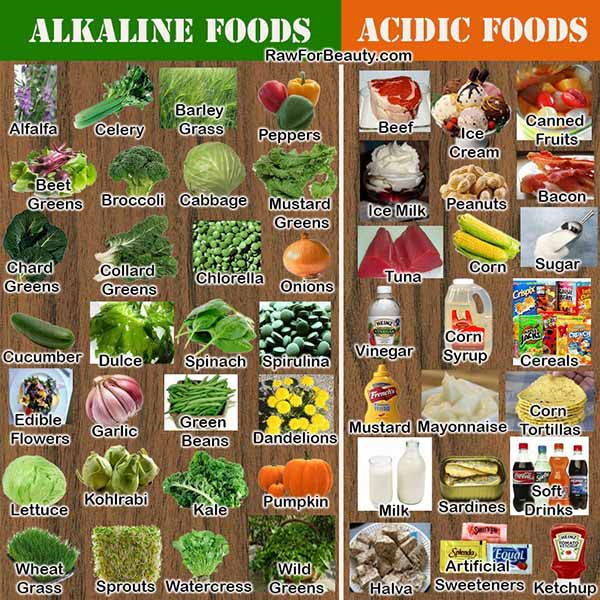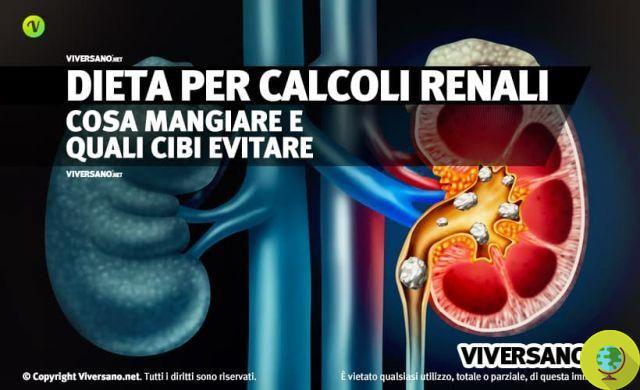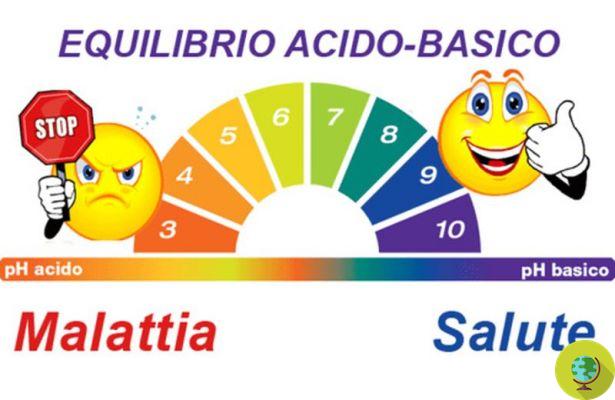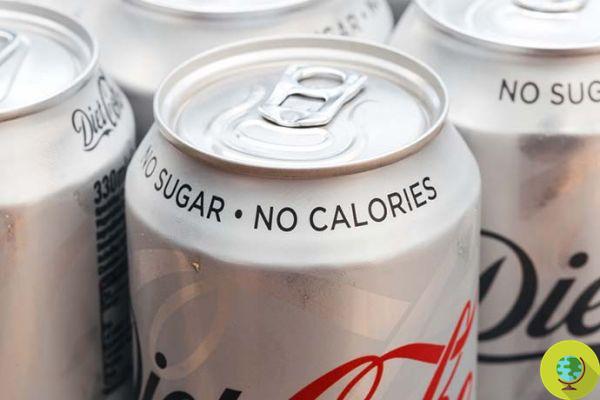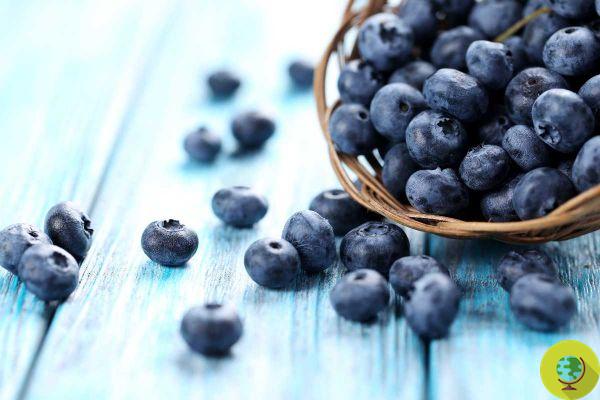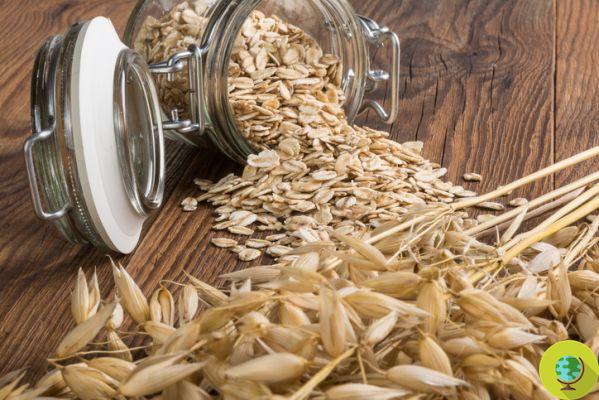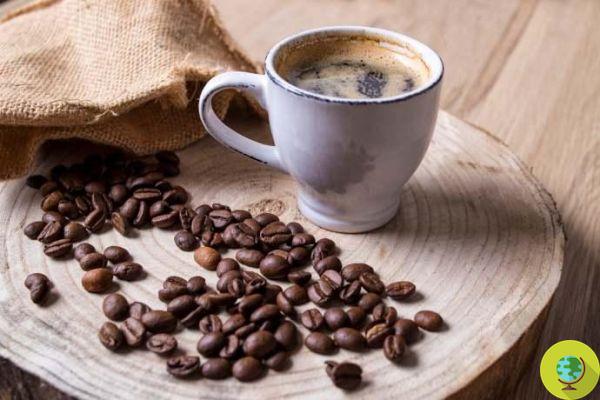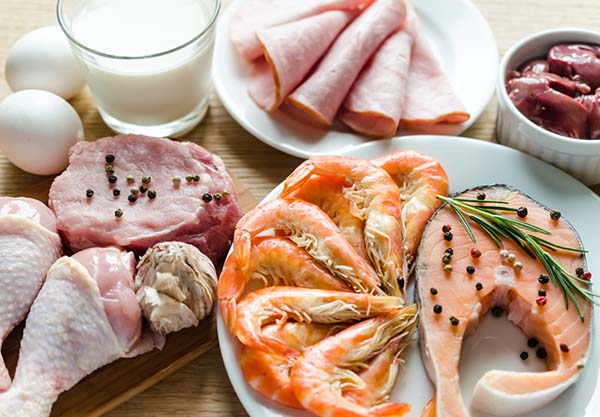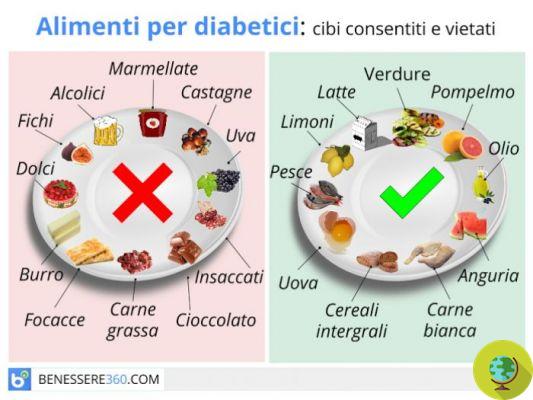Dried legumes are a food and creative resource that should not be underestimated. We can find them for sale not only in supermarkets, but also in bulk or organic food stores.
Don't store avocado like this: it's dangerous
I dried vegetables they are a food and creative resource that should not be underestimated. We can find them for sale not only in supermarkets, but also in bulk product stores or organic food.
Their cost is usually lower than canned legumes, especially considering that the their yield in the kitchen is double, as after soaking and cooking dried legumes visibly increase their volume.
In the kitchen
As for nutrition, legumes, above all beans, chickpeas and lentils, are important source of protein, iron and mineral salts. Normally legumes (but they are an exception, for example, green lentils) need soaking and cooking times which are indicated each time on their packaging and which can be halved using a pressure cooker.
Once cooked, legumes can simply be seasoned with oil and rosemary and served as a side dish, added to soups, smoothies for the preparation of purees or soups, or passed to the mixer and used to make excellent vegetable burgers.
They are good too added to dishes of pasta, rice or other cereals, as well as rich salads. In this case, their nutritional intake is comparable to that of meat as they contain all the amino acids necessary to synthesize the proteins necessary for the body. The so-called full meal. Theirs low cost guarantees considerable savings and their habitual use will allow you to enrich your recipe book with new ideas.
make legumes more digestible just add powdered ginger or some while cooking laurel leaf or rosemary.
The soaking
THElegumes not soak water it must be used for cooking, but it is great for watering your plants. This is an important precaution to put into practice so as not to waste even a drop of blue gold. Legumes must be cooked in water equal to double their volume. It will be absorbed by legumes almost completely, so much so that most of the time it will not be necessary to drain them. You can also cook them in quantity, dress them with extra virgin olive oil and keep them in the refrigerator without problems for up to three days.
Legume flour
Chickpeas, beans and lentils can be ground using a electric mill or kitchen robot suitable for obtaining a completely gluten-free legume flour, which can be used for the preparation of gluten-free crepes or omelettes, such as the fari-omelette which has among its main ingredients the chickpea flour.
In cakes and sweets
Legumes can be used during the preparation of savory pies or pies, the base of which must be garnished after cooking or after a pre-cooking. So that the dough bases do not rise and so that their edges remain clearly evident, it is possible to bake them in the oven after having covered them with legumes. Beans are usually used, which must be removed when garnishing your quiche or tart.
Then there are beans with a particularly sweet taste, such as i black beans, which can be used for the preparation of spoon creams, combined with cocoa powder or dried fruit, after having cooked and blended them as usual, but without adding salt, spices or aromatic herbs. Such a preparation can be sweetened to taste and can include the addition of cdark chocolate previously melted in a water bath.
Alternative uses
Outside of the kitchen, dried legumes can be used for preparation of small children's toys. The simplest example is the implementation of maracas, placing some legumes inside a small recovery container to be sealed by joining it to another container (perfect in this sense jars of yogurt).
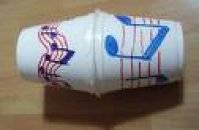
Smaller legumes can be used to makepadding of small hand-sewn puppets, juggling balls, or to fill cotton or linen pillowcases in order to obtain small hand-sewn pads or by machine, to be used as if they were bags for ice or hot water, after having left them to rest in the refrigerator or freezer, or after having heated them in the oven for a few minutes.

You can also add a handful of legumes for the little ones, who can use them for decorate greeting cards o per la making a collage which involves the use of natural or unusual materials. Legumes can be useful to fill the bottom of a vase in which to place paper or wooden flowers, or to fill the base of a container for knitting needles, so that they can remain upright, so that it is easier to find the space to withdraw them and more comfortable to grab them.
Dried legumes can be used for a varied number of games and pastimes. For example, they can be transformed into number-markers for bingo cards. They can become real pawns to play checkers, after making a do-it-yourself chessboard on cardboard. In the case of the checkers, for example, it will be fun to alternate white beans and black beans to be used instead of the classic pawns in the same colors.
Legumes are also useful as a scoreboard or as chips in any card game or board game, in which case they may be suitable as a substitute for the seat-markers of the various players.
Some beans, chickpeas or lentils, can be placed on the bottom of a glass and used for show the little ones the birth of sprouts.
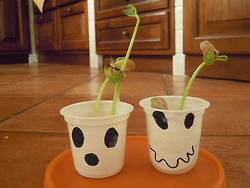
Here you can consult a tutorial on the subject, on a Halloween theme.
Marta Albè
Read also:
- The sustainable diet with cereals e vegetable organic helps the environment
- I vegetable reduce cholesterol
- 5 recipes of vegetable burgers
- 10 ideas for reusing pasta cooking water
- Not just fish: the 5 plant sources of Omega 3
- 12 foods that cannot be missing in a vegetarian's pantry




